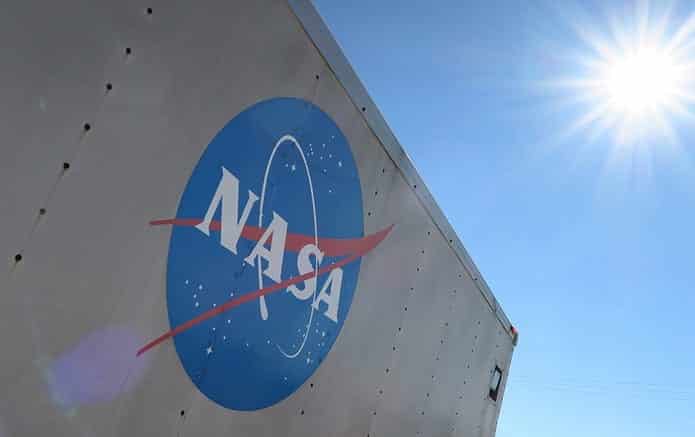Thanks to NASA, we will all be able to travel in outer space in 3D printed rocket engine
NASA might have found a way to develop rocket engine without using too many valuable resources in the process. The organization was able to make this possible through the extensive use of 3D printing, which is a bit more complex than what everybody is being led to believe. Most individuals are under the impression that 3D printing is nothing more than custom designed shapes that are rendered on a computer and is physically made on a 3D printer. However, the fact of the matter is that 3D printing is definitely looking to be the future of manufacturing for those who are serious are about how the world will shift in the foreseeable future.
One reason why it is being actively pursued by so many manufacturers is because of its cost saving benefits and before you ask, this will also include rocket engines. Despite the fact that 3D printing a rocket engine can be extremely complex, 3D printing has helped to remove the variables of welds and joints and have allowed to pave the way to being more aerodynamically designed. The latest example is Elon Musk’s SpaceX, which recently performed the historical landing of its Falcon 9 rocket and managed to use a few 3D printed rocket parts, which are present in its Merlin rocket engines.
Coming back to NASA, the organization has managed to complete several successful test runs of its 3D printed rocket engine; which is being referred to as breadboard engine. Breadboard comprises up of various components of a fully working rocket engine that has been strung together in a rig that looks nothing close to a real rocket engine. According to the latest report, approximately 75 percent of the rocket engine’s parts were 3D printed and according to the video, it was working completely fine.
In short, the more research is being conducted concerning 3D printing, the more advancements it will create in the near future, not just for rockets, but for other applications as well. Check out the video below and tell us what you thought about NASA’s latest venture.

